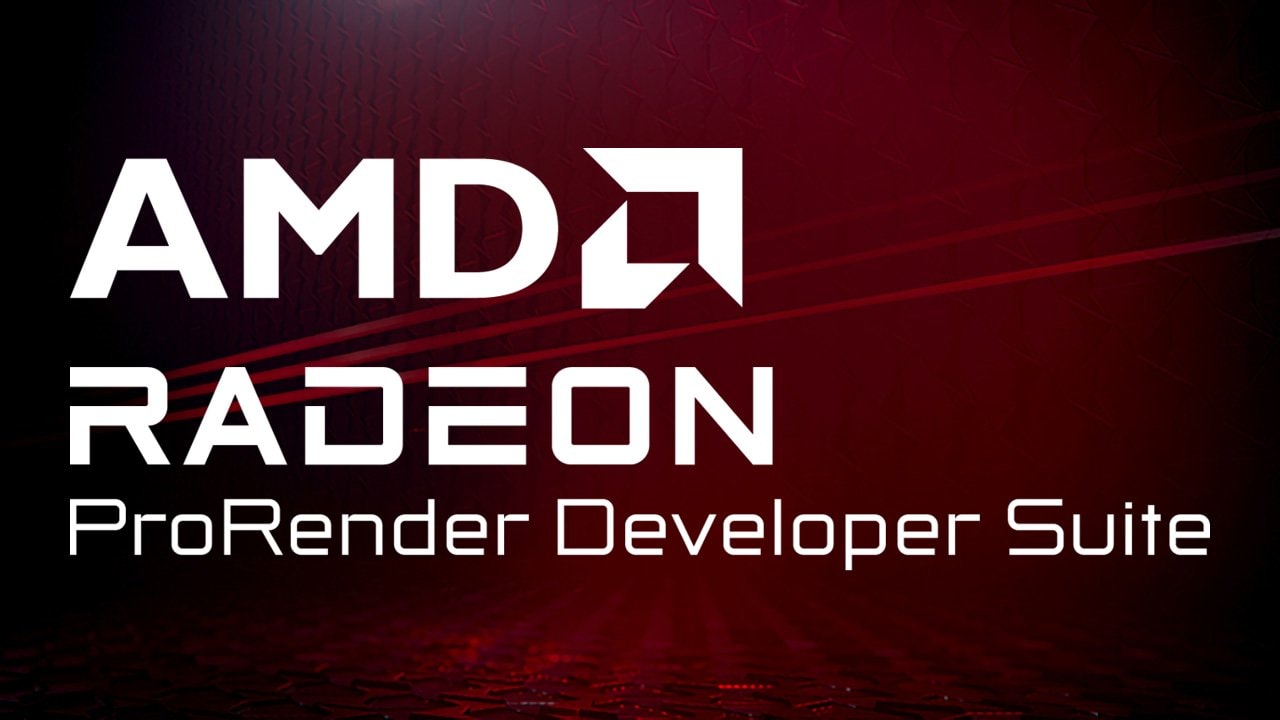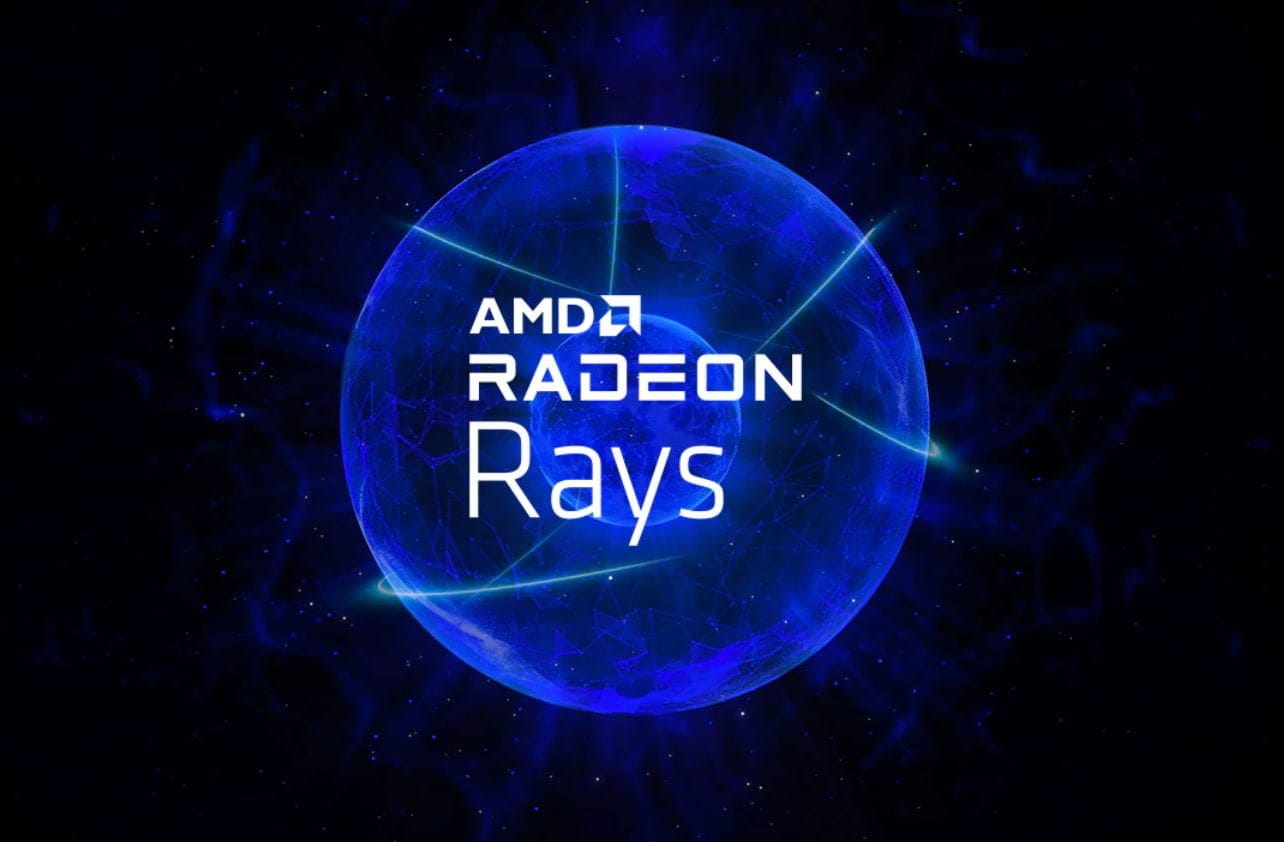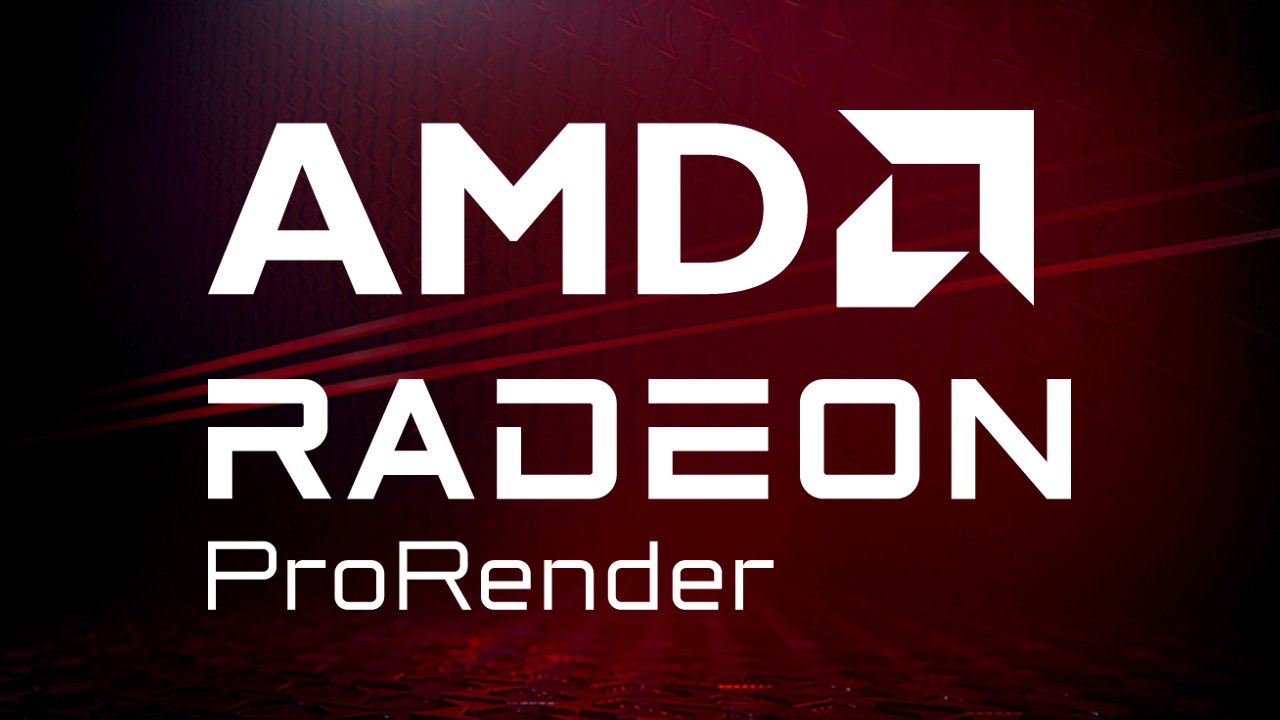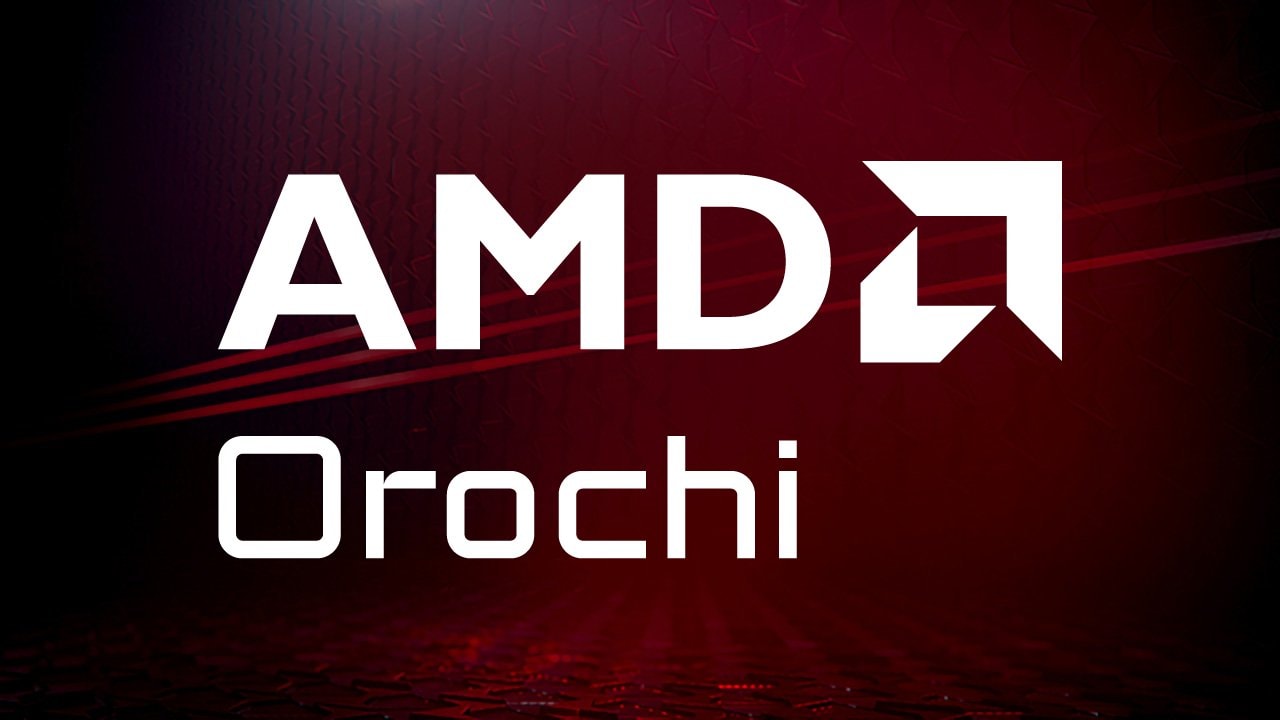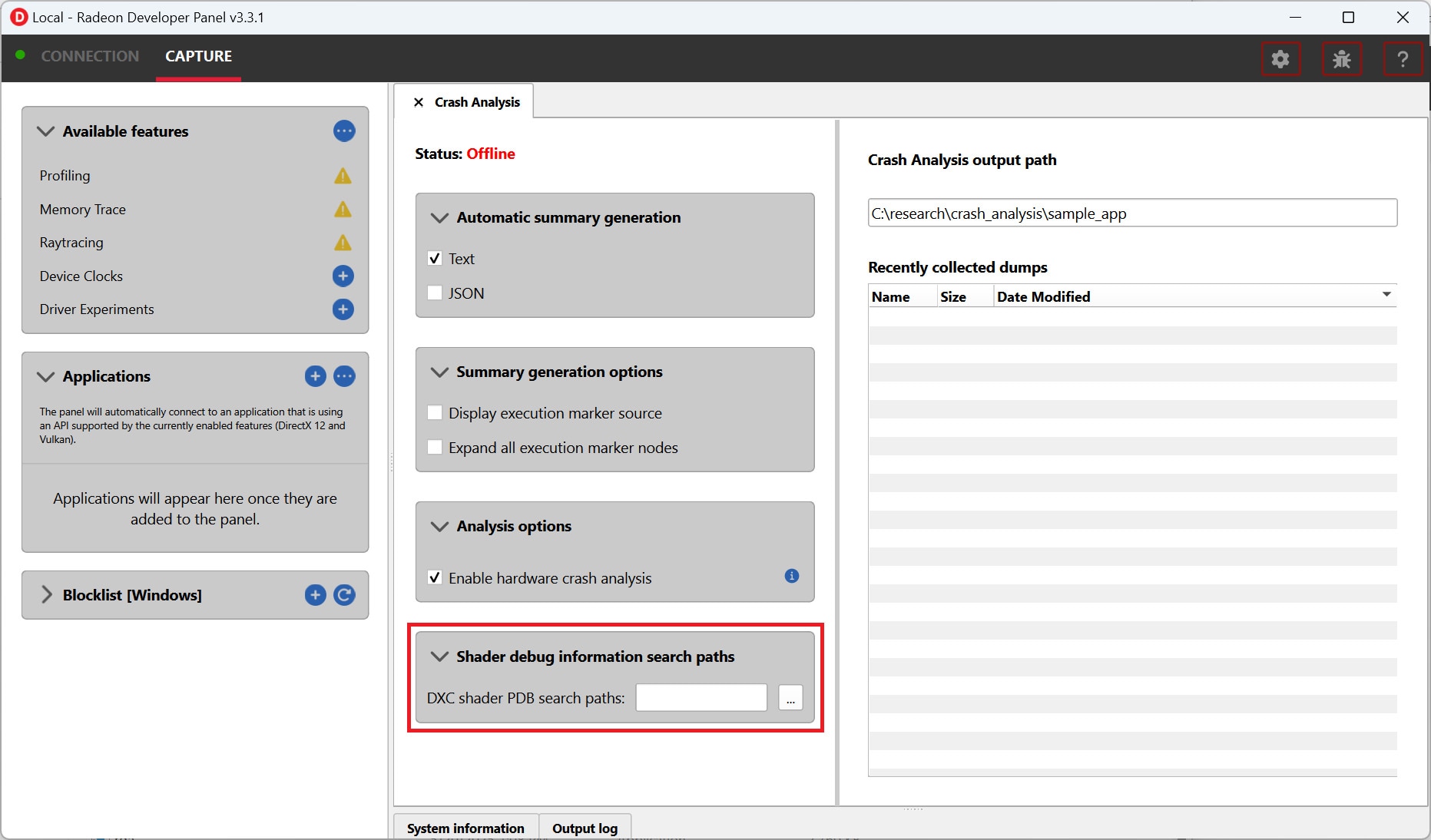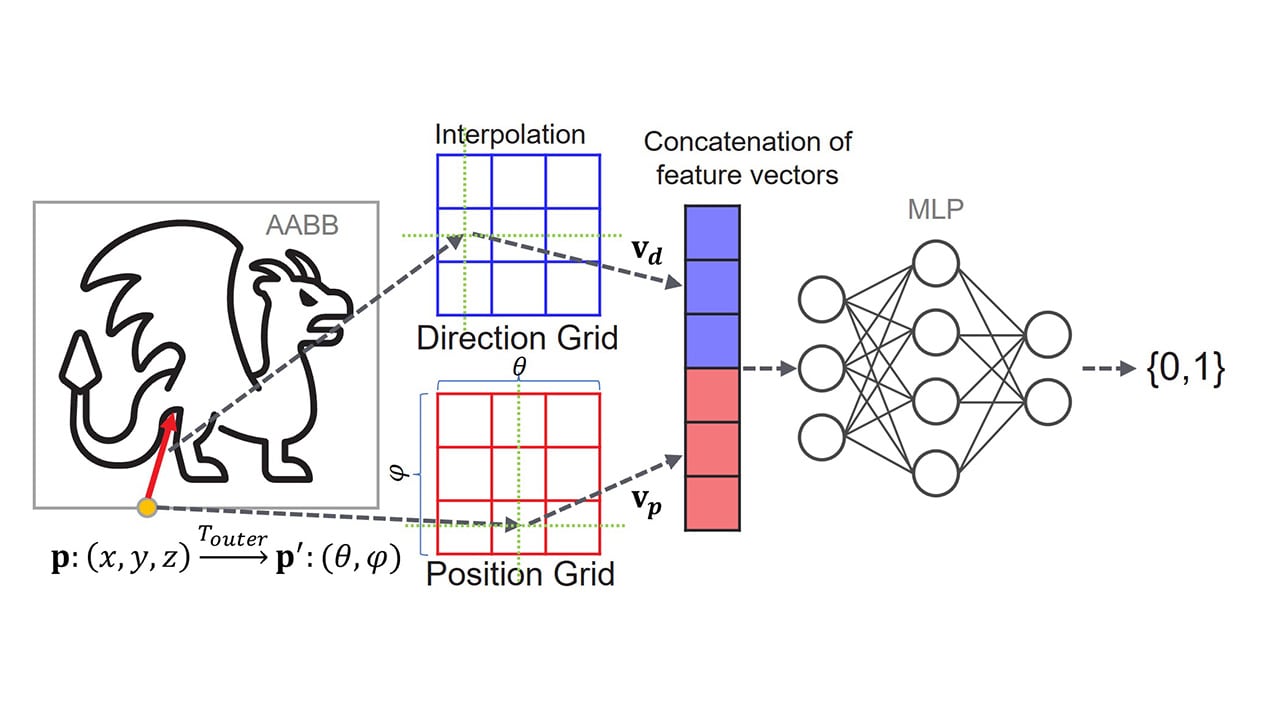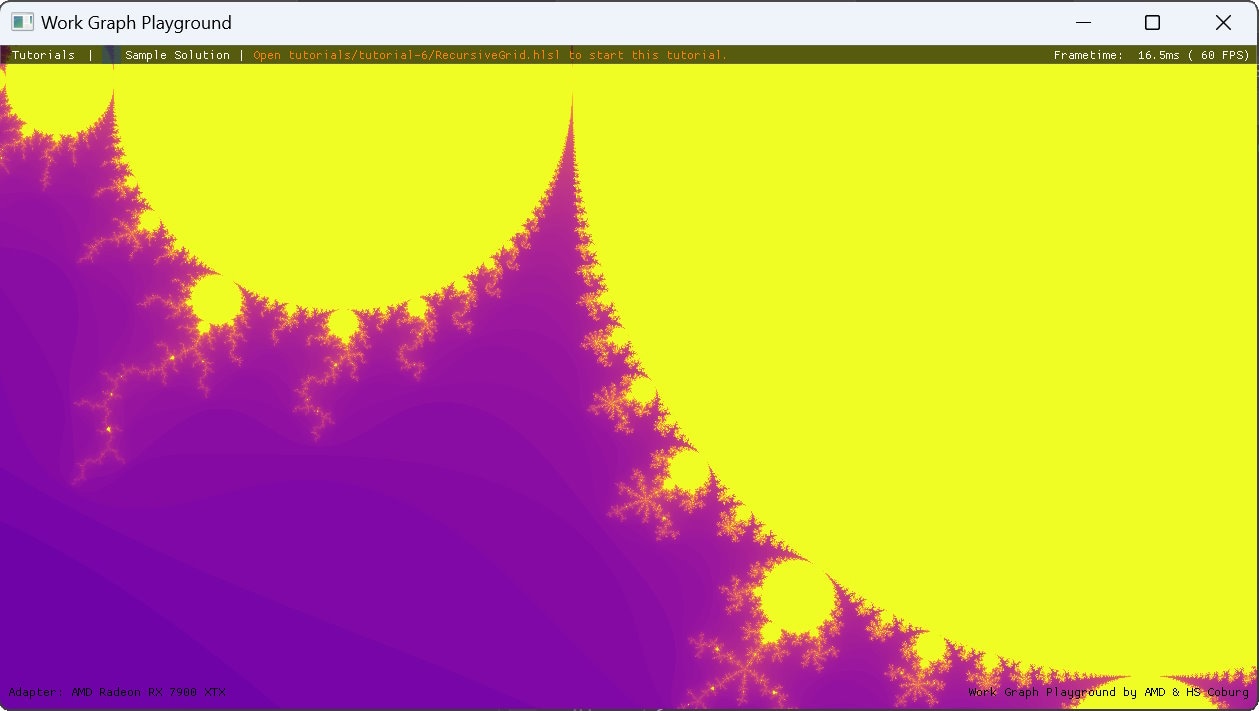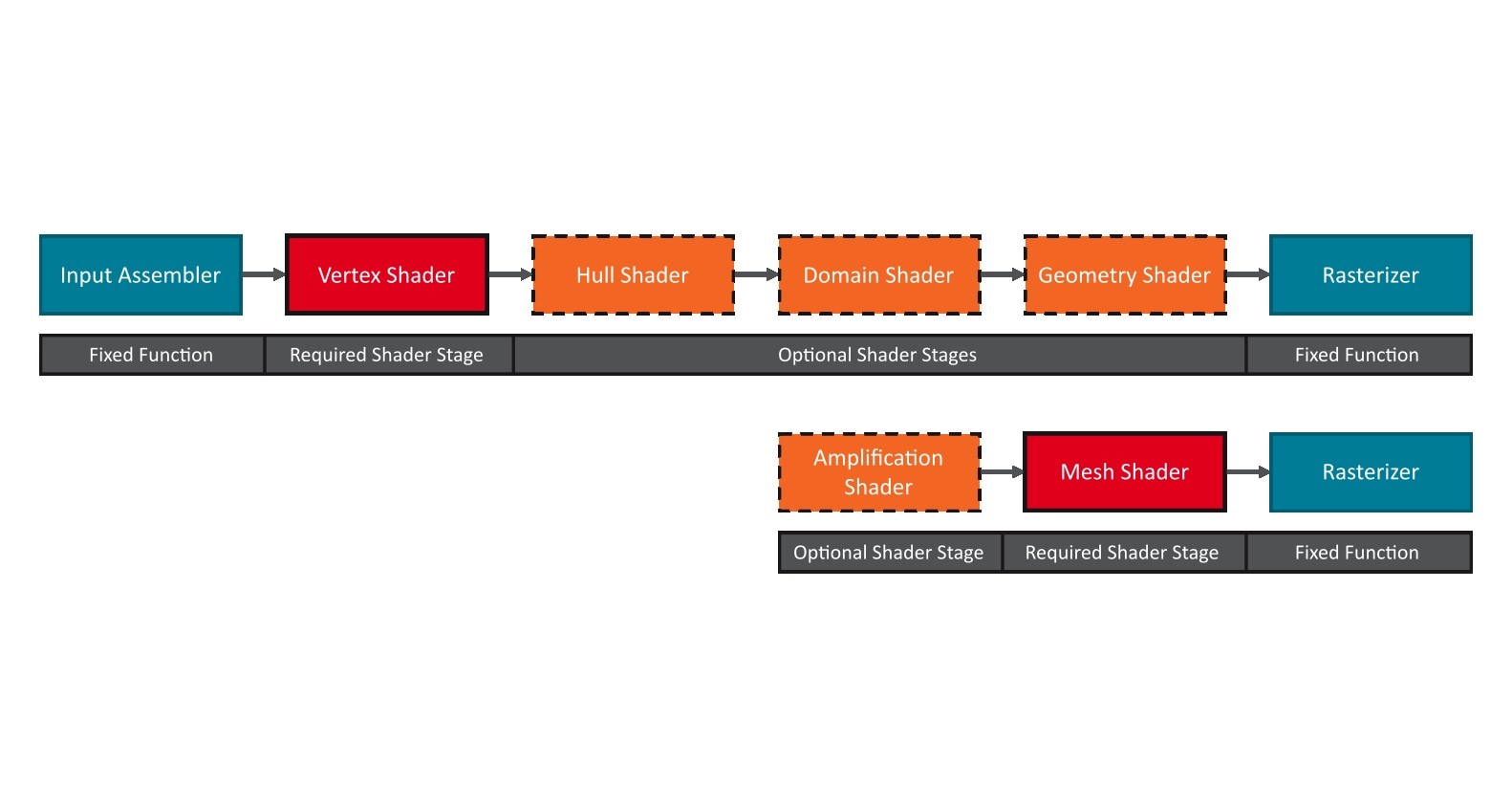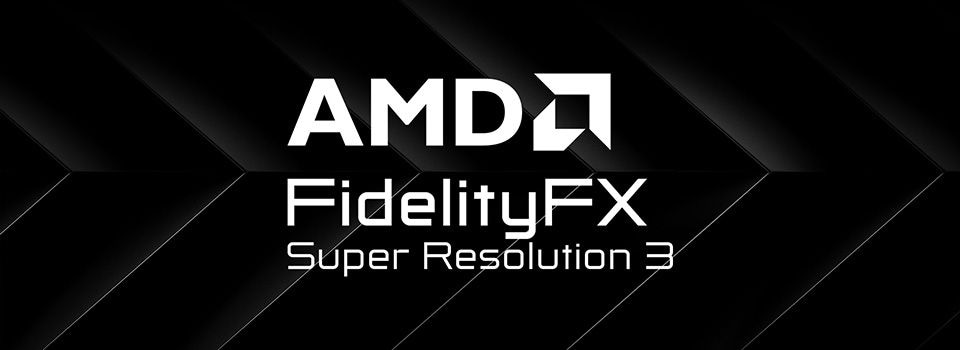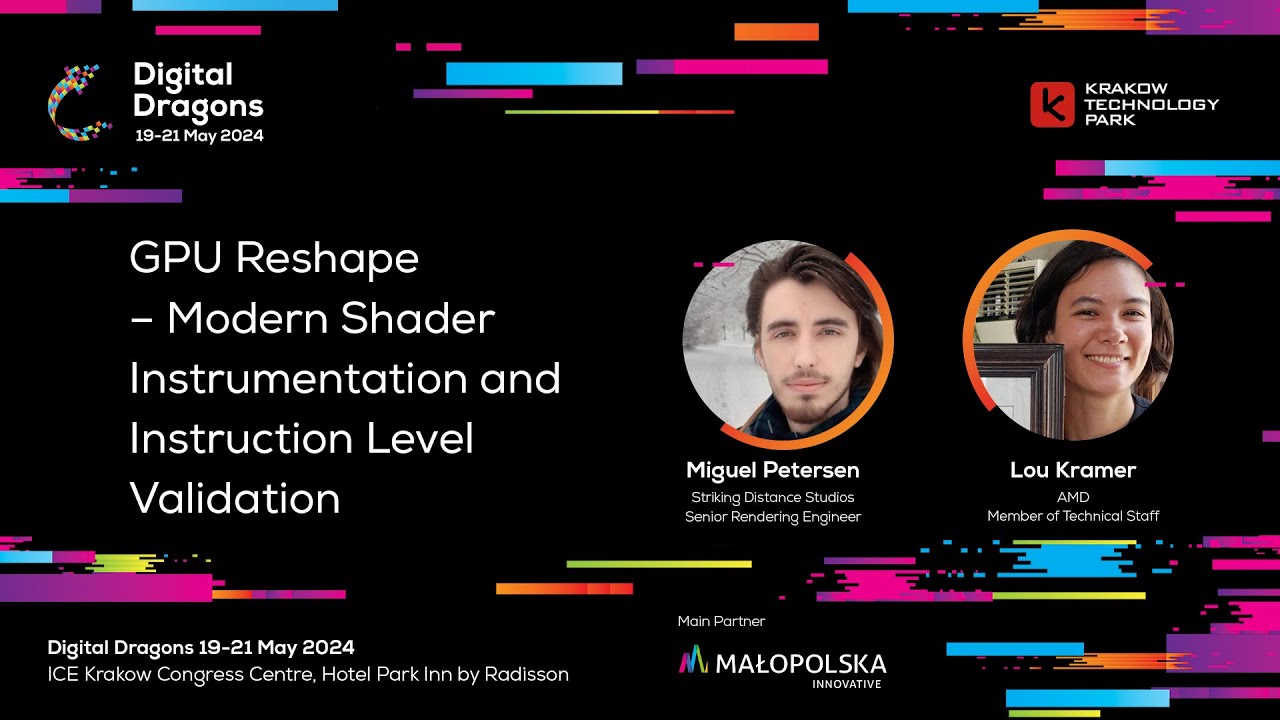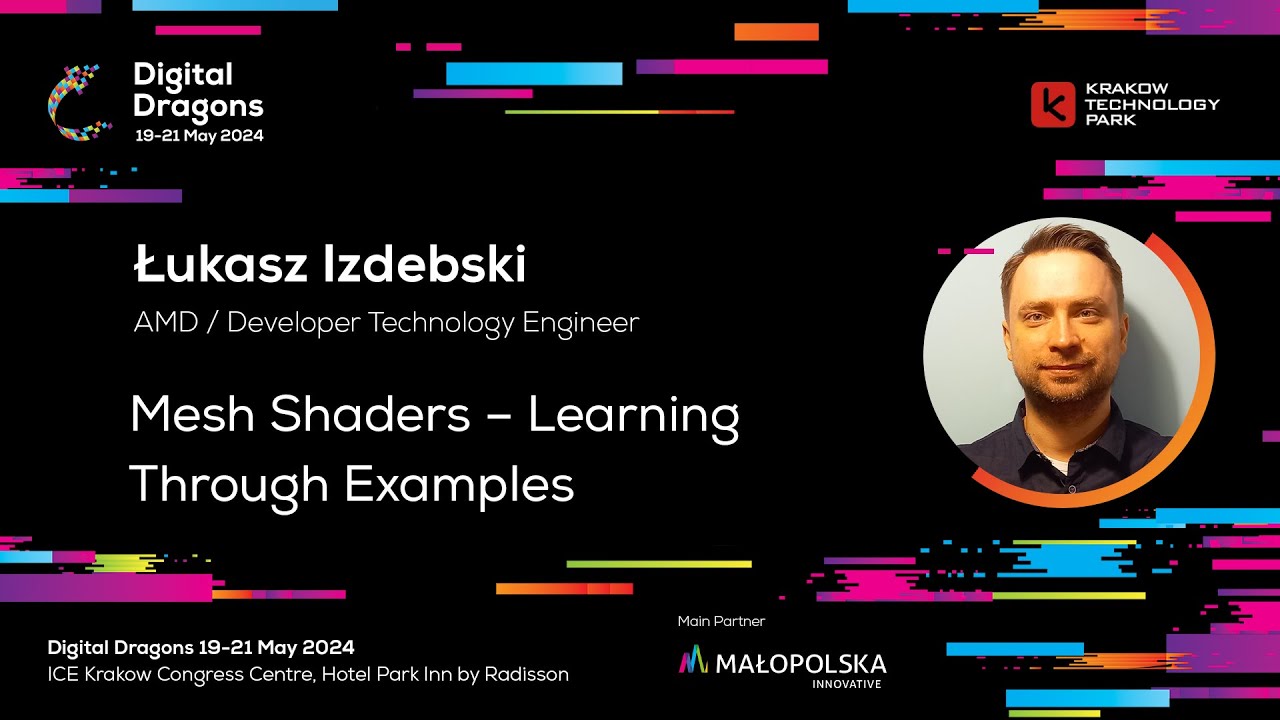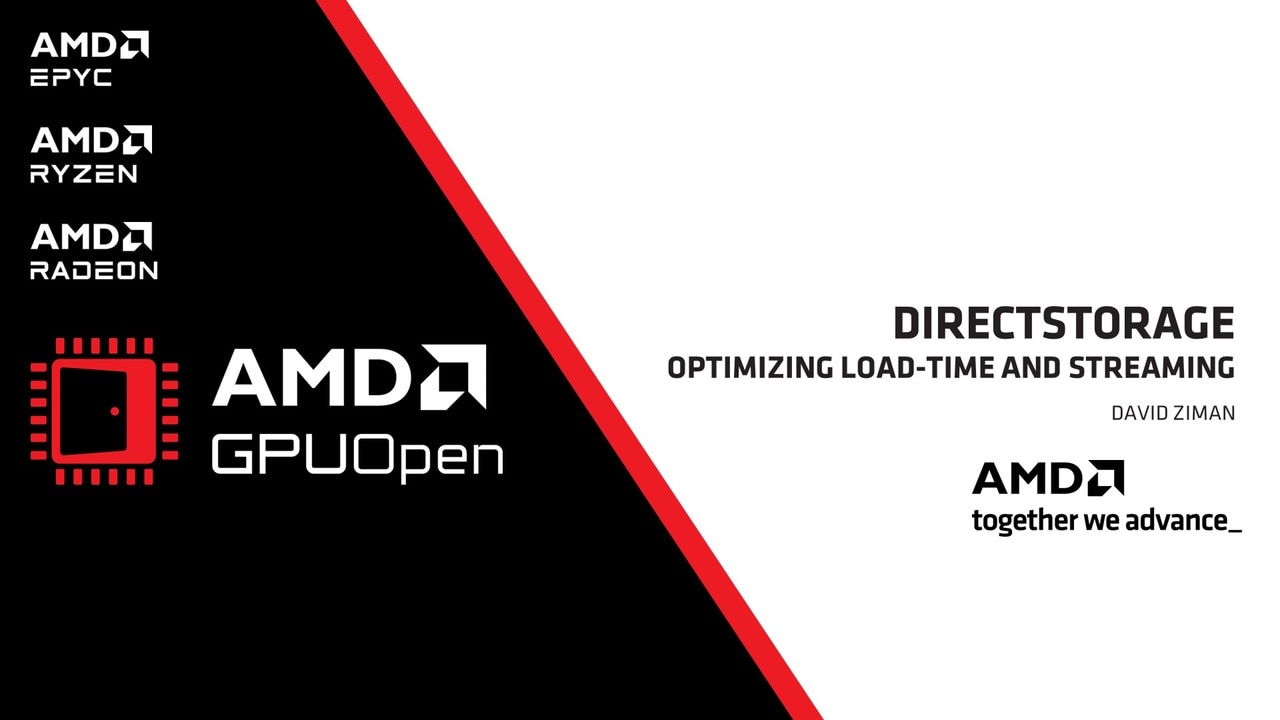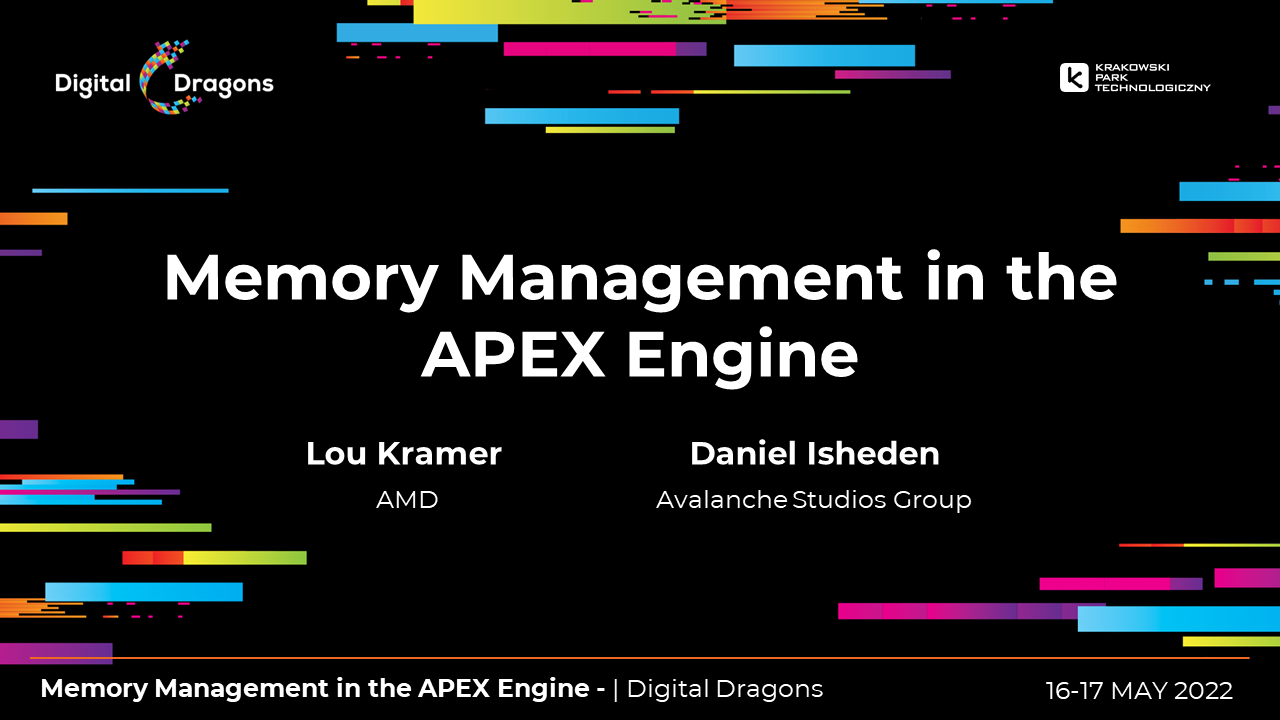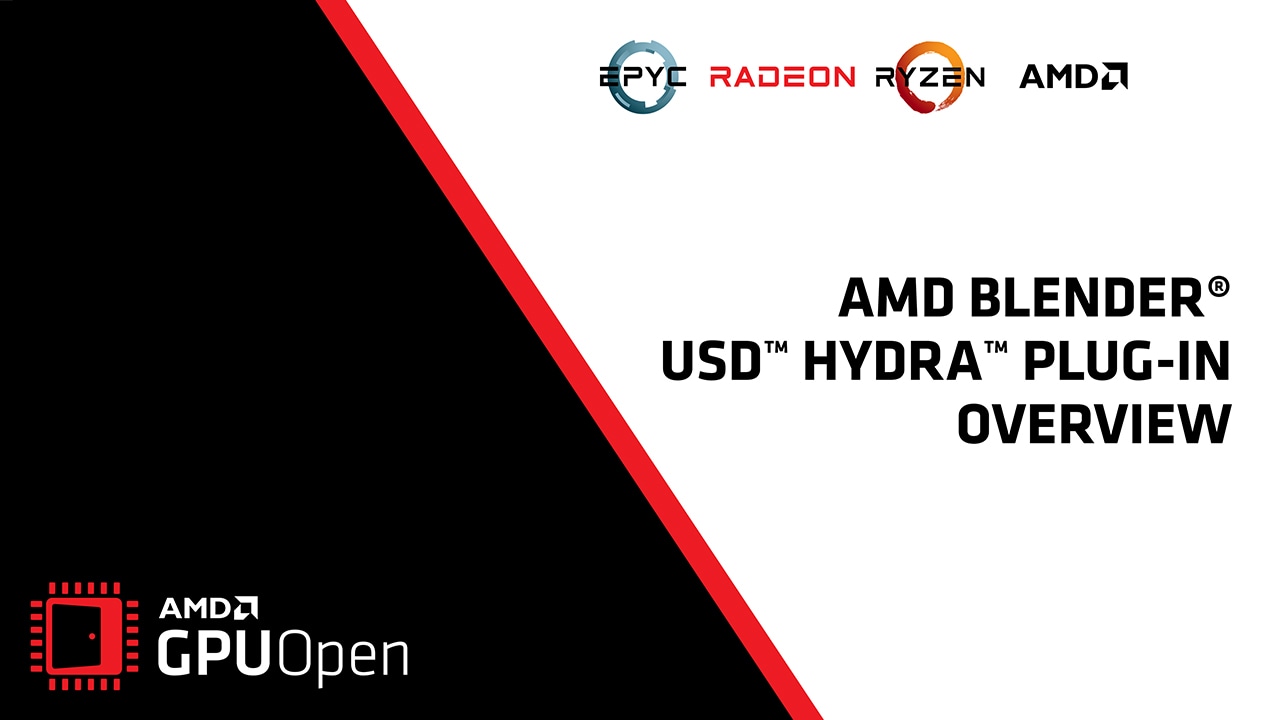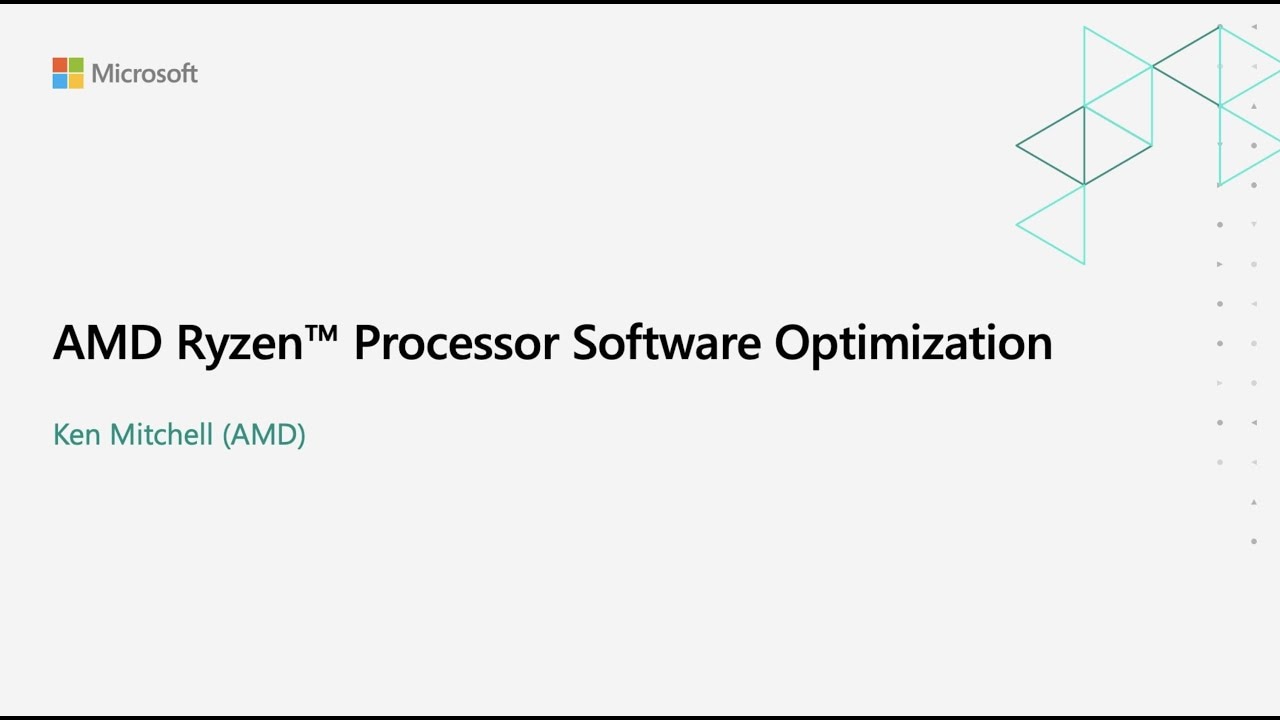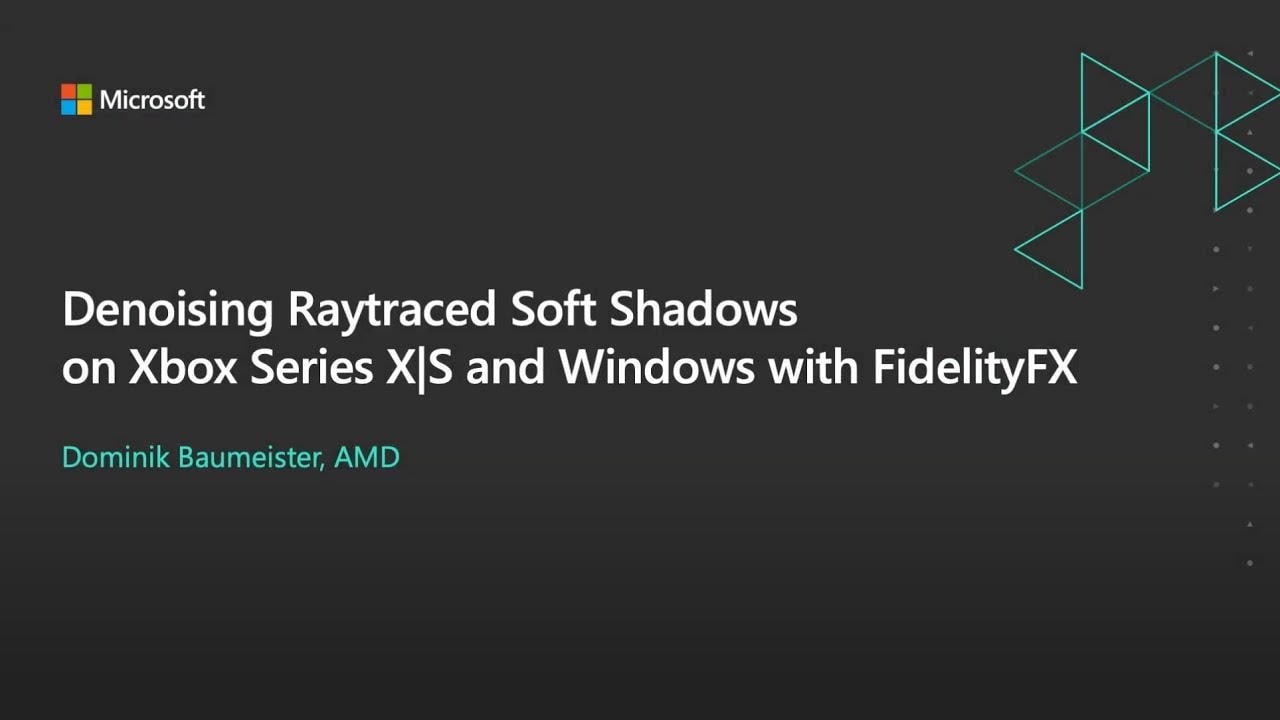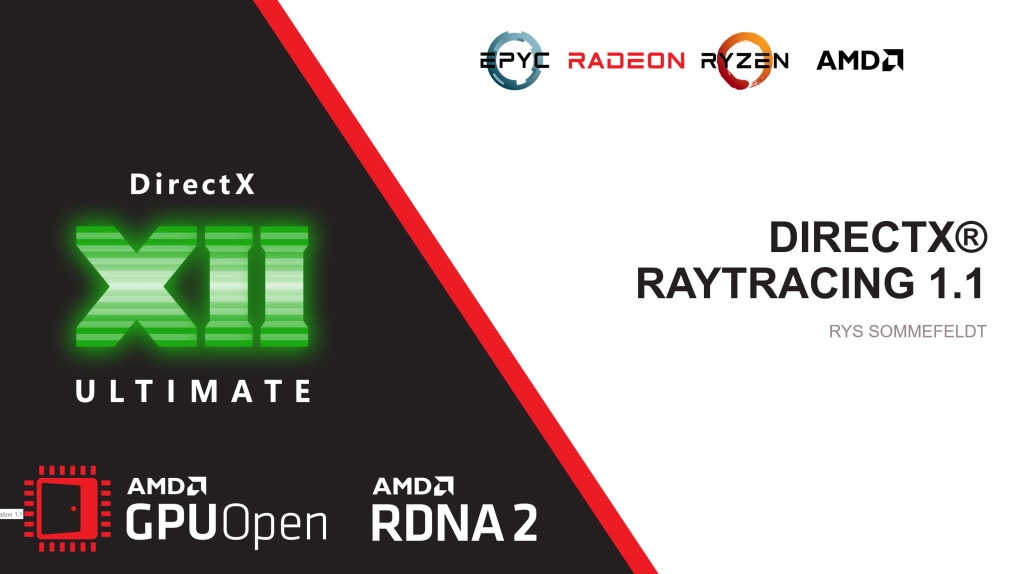Radeon™ Rays is our high-efficiency, high-performance ray intersection acceleration library as seen in Radeon™ ProRender.
It supports a range of use cases, including interactive light baking for game development workflows, and real-time indirect sound simulation.
Supports:
Download the latest version - v4.0
This release adds the following:
- Open Source.
- Logging mechanism for easier debugging.
- Set of tests to validate changes to the source code.
Which version should I use?
AMD has developed Radeon™ Rays for many years. If you require OpenCL™ support, please use Radeon™ Rays 2.0.
Features
Custom AABB
Guide the construction of the Bounding Volume Hierarch (BVH) by providing a custom AABB hierarchy for your scene.
GPU BVH Optimization
Optimizes the Bounding Volume Hierarchy (BVH) specifically for efficient GPU access.
Open source, MIT license
Find Radeon™ Rays source on GitHub.
AMD developed Radeon™ Rays to help developers get the most out of AMD GPUs, as well as save them from maintaining hardware-dependent code. Radeon™ Rays exposes a well-defined C API for scene construction and performing asynchronous ray intersection queries. It is not limited to AMD hardware or a specific operating system.
Radeon™ Rays can be easily distributed, and through its API helps assure compatibility and best performance across a wide range of hardware platforms.
Additional features:
- Supports DirectX®12 and Vulkan®.
- Geometry update without full rebuild.
- Logging mechanism for easier debugging.
- Set of tests to validate changes to the source code.

Requirements
CMake 3.12 and above.
spdlog library installed for logging.
- DirectX®12: a 64-bit version of Windows® 10, and a GPU and drivers that support DirectX®12 features including Shader Model 6.0.
- Vulkan®: a 64-bit version of Windows® 10 or Linux, and a GPU and drivers that support Vulkan® version 1.2.
Microsoft® Visual Studio 2013 or later must be installed to compile the sample renderer.
